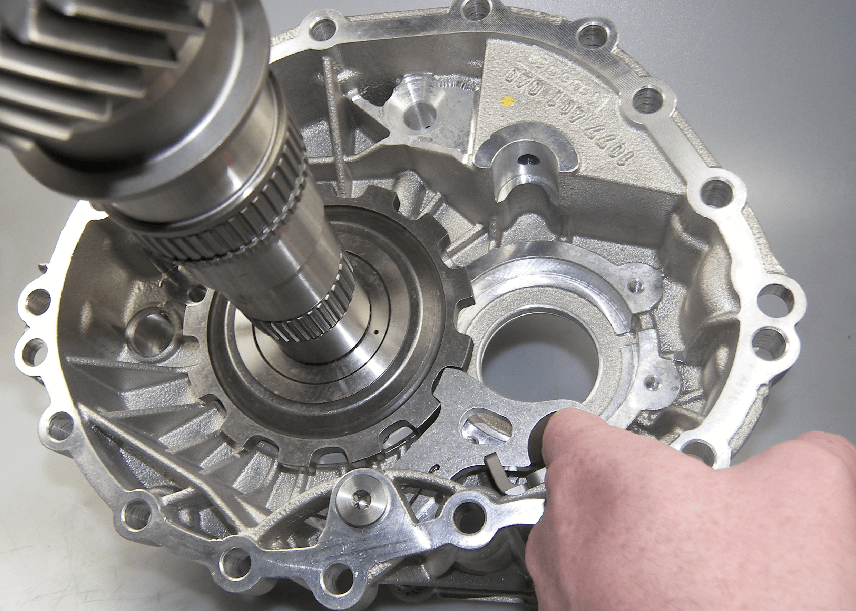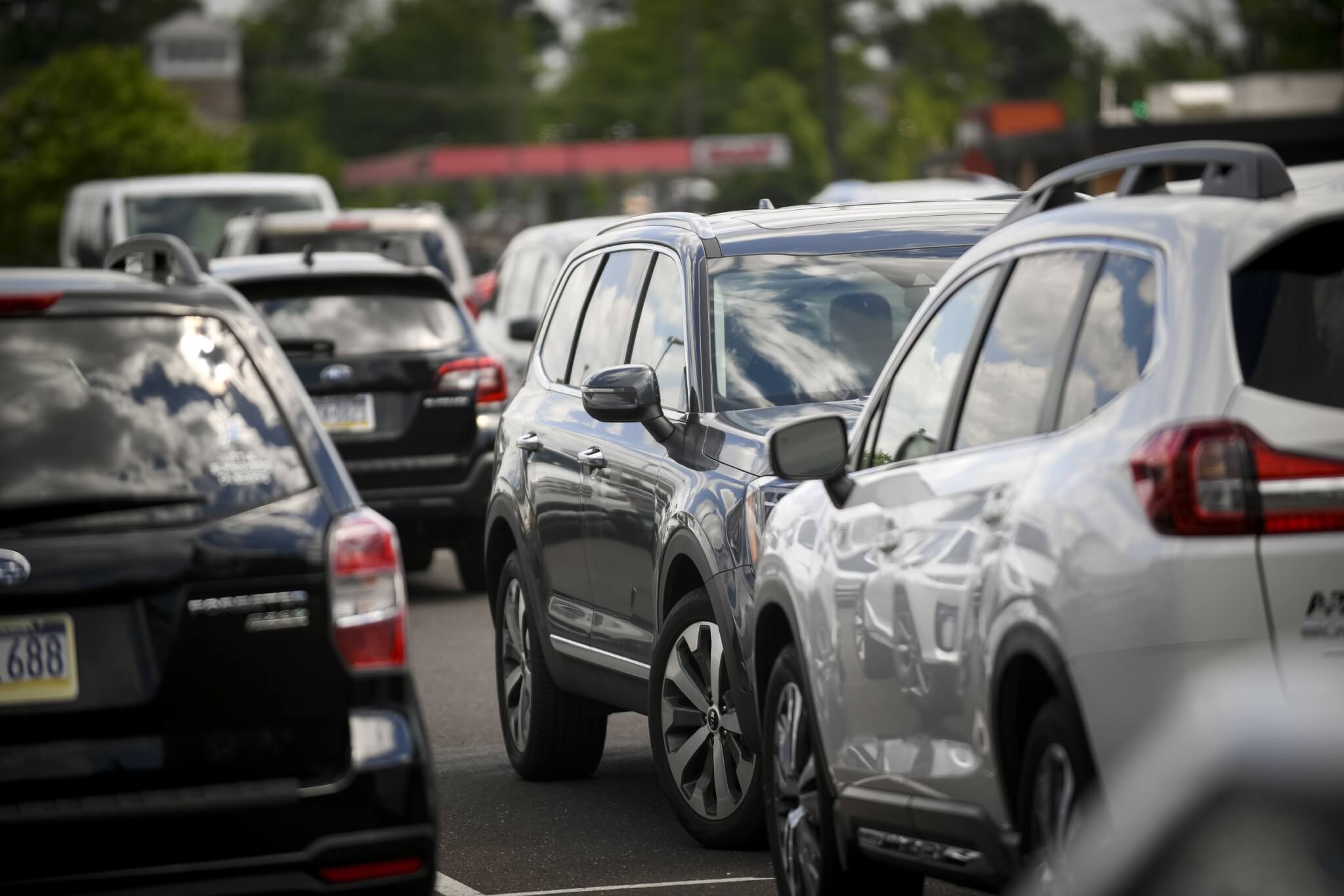Using your shop’s Cost of Doing Business (CODB) as a baseline for labor rates.

It’s hard to tell someone they do something as basic as parking their car incorrectly. But I’m a charismatic guy, and I like a challenge, so I do this with customers and have for a long time. Why? Because the commonly accepted way of parking a car is pretty dangerous. I’m real fond of keeping my customers safe and alive so they can keep coming back and giving me money.
People with manual transmissions usually have good “parking hygiene,” I have found, but most cars in America today are fitted with an automatic transmission. Drivers normally get where they are going, stop the car (or get close to stopping—yikes), and pop the shifter into “Park.” After that, they lift their right foot off the brake pedal and that’s it. They shut off the car and walk into Target.
That is a Very Bad Thing.
If you maybe haven’t been inside a transmission before, let me introduce to you my good friend the parking pawl.

That little tab of metal in the teeth is the only thing holding the weight of the vehicle. I think I’ll use the parking brake. Photo by Selit.
Most of you probably know how this item works. Most of your customers do not. For those who have not been wrist-deep in an auto, I’ll take a moment to explain. That little tab of metal is the only difference between “P” and “N.” As a young tech, the first time I ripped apart a trans and saw a similar pawl, I was horrified.
You probably see where I’m going with this. With such a small piece of metal bearing the weight of a vehicle, one little crack is all it takes for things to go very wrong. Think about a three-quarter ton dually with a trailer on a hill relying on this poor thing to hold the whole load. Or think about a car parked on a flat street that gets rear-ended at speed. Yuck.
Why’s it so small? Well, because it’s a redundancy. Like split braking systems, third brake lights, and the ninth digit in the VIN, the parking pawl is redundant. The pawl was designed to come into play if the main parking tool should ever shoot craps. That main system is the parking brake. (The parking brake, of course, is also known as the emergency brake, which is also a redundancy for the split hydraulic brakes. One part is redundant for two systems. Kinda makes sense the brake system would have multiple redundancies because of how important it is to stop.) Admittedly, I can count the number of broken parking pawls I’ve seen on one hand, but if it breaks it very well may break at a very inopportune moment with no one nearby to intervene.

Most cars spend most of their lives parked. Parking safely is pretty important. Photo by Mike Apice.
So I usually explain this to customers, friends, and loved ones, but in a simpler format. “The only thing holding the car is a little teeny bit of metal. Use your parking brake!” I think they listen. They seem to. Or they humor me. I usually ask them to come to a stop and keep the service brakes engaged, then set the parking brake. Then pop the shifter in park, turn off the car, and go march into Whole Foods or wherever.
Maybe I’m being overbearing. I just feel like it’s more risk to take than anyone needs. I guess I’ll never know if I save a life. (Or a transmission rebuild. Good Lord, them parking pawls are buried in there.) Anywho, this is a tip you can give to overachiever customers who like to pamper their machines. Those customers seem to be less frequent nowadays, but I still get them, and I feel like this exchange makes us both happier.
The articles and other content contained on this site may contain links to third party websites. By clicking them, you consent to Dorman’s Website Use Agreement.
Participation in this forum is subject to Dorman’s Website Terms & Conditions. Please read our Comment Policy before commenting.